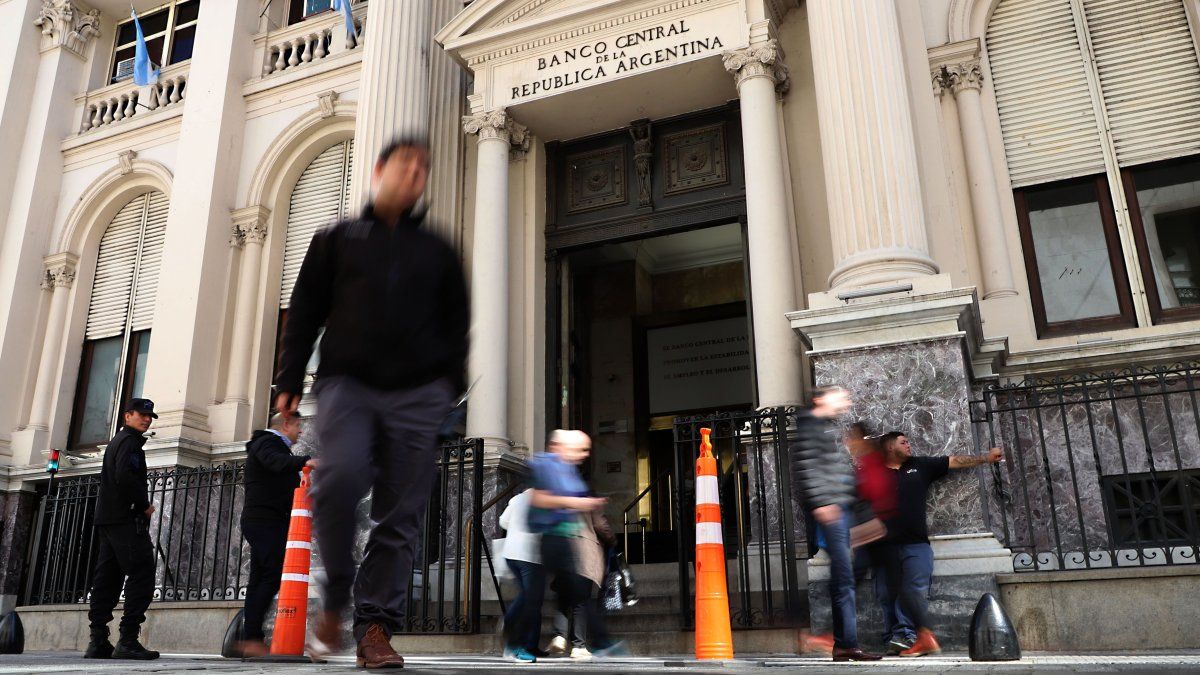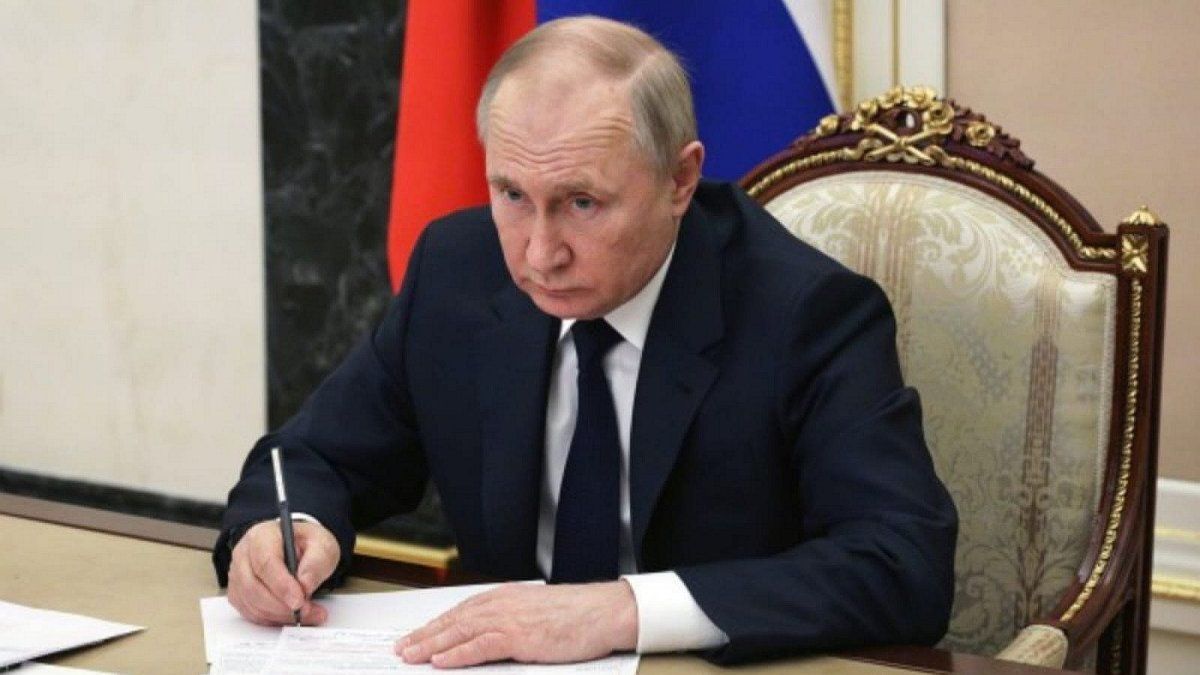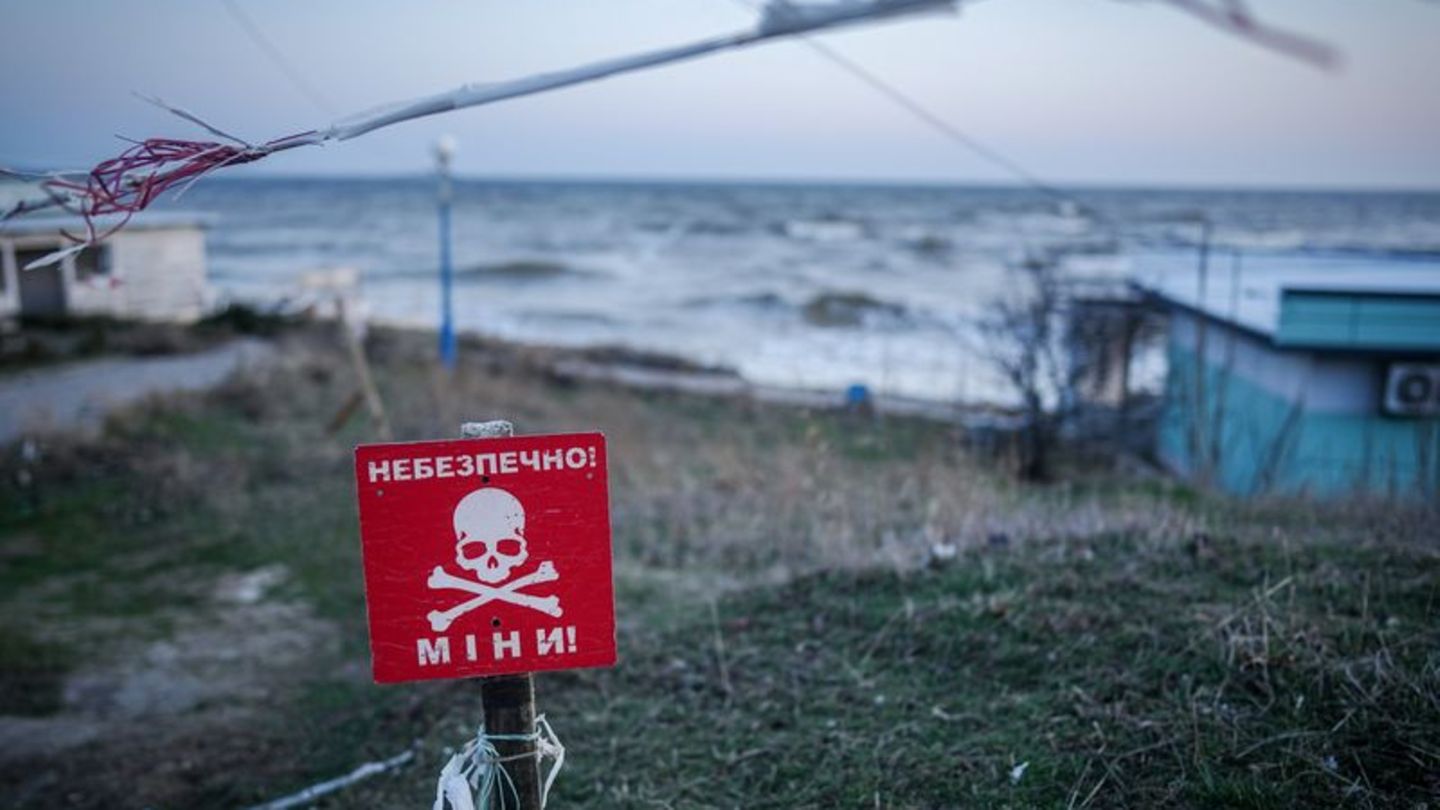I have been working in the news industry for over 6 years, first as a reporter and now as an editor. I have covered politics extensively, and my work has appeared in major newspapers and online news outlets around the world. In addition to my writing, I also contribute regularly to 24 Hours World.
Menu
Ukraine war: country contaminated with ammunition: Ukraine needs help
Categories
Most Read
War in Ukraine: Zelensky: China is not interested in Ukrainian victory
October 23, 2025
No Comments
War in Ukraine: Putin criticizes US sanctions, warns about tomahawk delivery
October 23, 2025
No Comments
Reaction to the Ukraine war: EU increases pressure on Russia
October 23, 2025
No Comments
Finance: Klingbeil: State relief is not up for debate
October 23, 2025
No Comments
Sanctions against Russia: Espionage: EU introduces reporting requirement for Russian diplomats
October 23, 2025
No Comments
Latest Posts

Future dollar: the BCRA sold almost US$7 billion to cover devaluation prior to elections
October 23, 2025
No Comments
We arrived at the general elections after more than two months of strong intensity in the exchange front, marked by a joint intervention between the

Vladimir Putin said that Russia will never give in to US pressure
October 23, 2025
No Comments
October 23, 2025 – 16:00 Along these lines, he warned that the response to any attack would be very serious, so he suggested that they

With another alleged US intervention on the closure, the official dollar fell for the second consecutive round
October 23, 2025
No Comments
The pressure on the dollar took a break this Thursdayin the penultimate round before legislative elections on Sunday the 26thin the face of an alleged
24 Hours Worlds is a comprehensive source of instant world current affairs, offering up-to-the-minute coverage of breaking news and events from around the globe. With a team of experienced journalists and experts on hand 24/7.

